What is cannabis oil?
The term ‘cannabis oil’ is incredibly generic. Without any additional context it can be used to denote any type of oil made from any part of the cannabis plant.
This can include anything from hemp seed oil, which is made from the seeds of a cannabis plant, to hemp oil, which is made from low THC cannabis plants. These oils are very commonly called tinctures, which is a bit of a misnomer. The term cannabis oil would be more appropriate for most products on the shelf as the term tincture historically meant an ethanol containing extract. It can also be used to loosely denote high-THC crude oils like RSO (Rick Simpson oil).
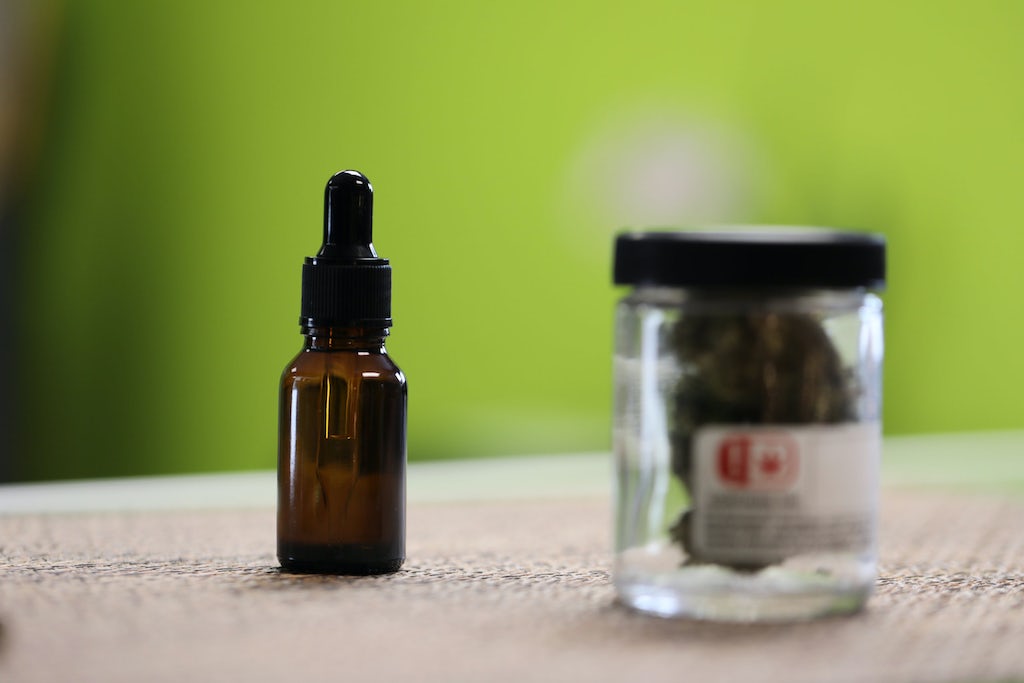
Cannabis oils can have different absorption rates depending on how they’re consumed and how they’re made. Cannabis oils offer a lot of flexibility with dose titration because you can increase or decrease by single drops of oil. There is also a chance of some (but definitely not all) of the oil being absorbed under the tongue, which is why many patients favor sublingual absorption. But it’s important to remember that some of these sublingual doses are going to be swallowed and the effects of the cannabis can be delayed by several hours.
You can, of course, also consume cannabis oil that’s been incorporated into food, otherwise known as an edible. While the bioavailability of edible THC is 4–12%, edibles tend to last a little longer (6-8 hours) than sublingual oils (4-6+ hours). This, however, is dependent on a number of factors, such as which foods you consume. 1
Some cannabis oils may even be made with lesser-utilized parts of the plants like stems, or may contain a mix of oils, such as hemp seed oil blended with another carrier oil. With all of these variables to consider, distinguishing between high quality oil made from cannabis flower and lower quality products can be challenging.
A few common carrier oils include coconut/MCT oil, sunflower oil, and olive oil, but really any oil can be infused with cannabis.
How to use cannabis oil
Cannabis oils are often placed under the tongue (sublingually). They are then absorbed through the mucous membrane lining in your mouth and enter the bloodstream.
Consuming cannabis in a sublingual way bypasses the gastrointestinal tract, where compounds are broken down before they are metabolized. This boosts how much cannabis is absorbed by your system (bioavailability), thereby amplifying its effects.
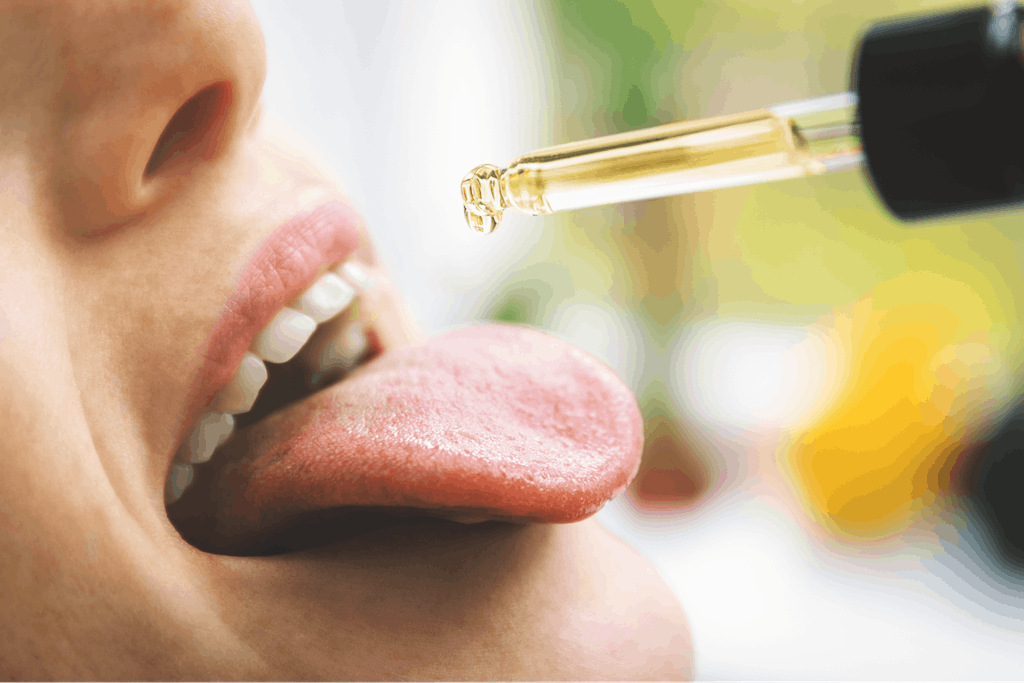
How to extract cannabis oils
There are several different ways a cannabis oil can be processed. These include:
1. CO2 extraction
When crafting cannabis oils, manufacturers may use CO2 to extract cannabinoids from the plant. This method is often considered to be one of the safest ways to extract cannabis as it does not require the use of an hydrocarbon (explosive) solvent. 2
CO2 extraction can be supercritical or subcritical. Supercritical CO2 is carbon dioxide that’s been heated and or pressurized until it exists in a state between liquid and gas.
Supercritical extraction is very useful as it produces a large yield of CO2, but the extreme temperatures can destroy volatile compounds like terpenes.Subcritical CO2 extraction uses lower temperatures to preserve the plant’s compounds.
2. Lipid-based extractions
Lipid-based extractions infuse fats, usually carrier oils, with cannabis until cannabinoids are absorbed. Lipid extractions are the classic example of making cannabutter at home. While less precise and efficient than other extraction processes, they tend to preserve many of the plant’s cannabinoids and are relatively easy to do, making this an ideal extraction method for patients.
3. Ethanol-based extraction
Another way to make cannabis oil is to extract the plant’s cannabinoids with ethanol.
This technique involves soaking cannabis flowers in ethanol, a process that strips the plant of its cannabinoids, but also of many other parts of the plant. However, the polarity of ethanol means it has a proclivity to bind to water soluble parts of the plant such as chlorophyll, which can produce a bitter flavor if not removed.
The resulting mixture is then subsequently processed and eventually integrated into other products.
Ethanol based extractions are often more cost effective than other extraction methods, and they are usually touted as full spectrum extracts. In fact, ethanol (or technically isopropyl alcohol) is the extraction method used to make crude oils like Rick Simpson Oil (RSO).
THC oil
THC (tetrahydrocannabinol) is one of at least 144 cannabinoids found in the plant.
It is often the primary constituent found in cannabis (other than water), and has long been the best way to determine if a product would be popular. This means breeders have historically focused on cultivating plants with high THC yields.
Flowers today can express THC concentrations of up to 35%, which is much higher than the cannabis flowers used to be. 3
Unlike CBD, THC is psychotropic, meaning it can affect your mental state. It has a wide variety of applications and can be used as an analgesic, an anti-epileptic, or as an antiemetic. 4
THC oil is oil made from THC-rich cannabis flowers. It can be made in several different ways and infused into several different types of carrier oils. You can buy (and make) full spectrum THC oils as well.
Hash oil
You may have also heard the term “hash oil” used before. This is a slight misnomer as the term is actually referring to any resin extract derived from cannabis. Hash oil can mean many things, but generally it refers to any cannabis concentrate that was extracted using a solvent.
CBD oil
One of the most popular cannabis oils is CBD oil (cannabidiol). This oil can be made from the flowers of hemp plants or CBD-rich strains. It can also be made by adding isolates to a carrier oil. There is no standard definition of CBD oil, though typically CBD oils contain significant levels of the namesake cannabinoid, and often contain small amounts of minor cannabinoids and terpenes.
Like THC oils, it can also be made using a variety of techniques including CO2 extraction and ethanol-based extraction methods. It can be bought or made as a full- or broad-spectrum product.
Hemp oil is often confused with CBD oil, mostly due to inconsistencies in the definition of hemp. The amount of THC allowed in hemp from a regulatory perspective is generally between 0.2 and 1% THC, depending on what country you are in. The EU has the limit set lowest at 0.2% THC, the US has a max of 0.3%, and some countries like Switzerland permit hemp to contain up to 1% THC.
As such, CBD oil made from hemp will contain THC levels below 1% hemp oil. CBD oil made from CBD-rich cannabis flower that is not classified as hemp, on the other hand, can contain higher levels of THC.
BHO oil
Butane Hash Oil (BHO), also sometimes called Butane Honey Oil, is a resinous oil extracted from cannabis plants. As the name suggests, this technique is performed using butane as the primary solvent.
BHO oil can take on several different consistencies depending on the heat and humidity used. These include (among others):
- budder
- shatter
- pull
- snap
- wax
- crumble
- sap
- crystals
BHO oils are a type of concentrate that can be consumed in a variety of different ways, primarily through dabbing or vaporization.
This technique has grown decidedly less popular with time as BHO is flammable and prone to igniting when exposed to a spark during the manufacturing process.
RSO (Rick Simpson Oil)
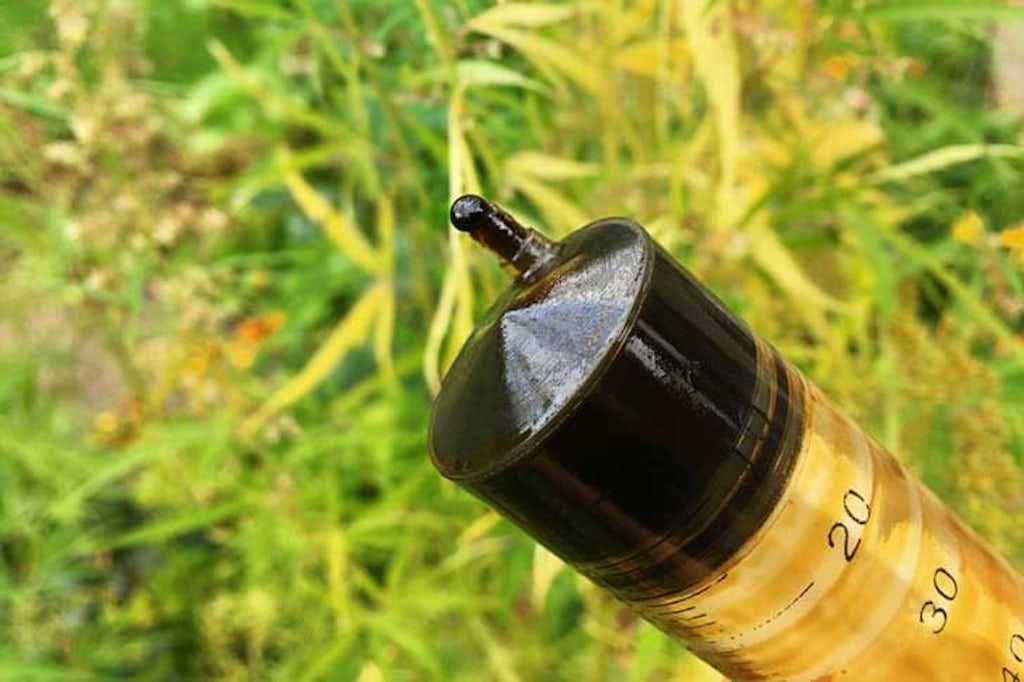
Rick Simpson Oil is another resinous oil left behind when cannabis is extracted with alcohol. Made using solvents that do not selectively extract just cannabinoids, RSO is often considered a full plant extract since all the components of the plant, including chlorophyll, fats and waxes are not normally extracted with other methods.
It’s one of the most highly concentrated forms of cannabis available. Originally a high THC product, the term RSO is often a blanket term for many crude cannabis oils. The term is used interchangeably for all types of viscous cannabis oil in a syringe–this can be high THC (Type I) or Type II and Type III also.
The creator of this type of oil, Rick Simpson, claims to have used it to successfully treat his skin cancer.
RSO is made by stripping the cannabis plant of all of its compounds via a quick wash with isopropyl alcohol.
The isopropyl alcohol mixture is cooked off until nothing but the resinous oil remains.
RSO is meant to be taken orally. Some like to use it sublingually and feel that this method maximizes bioavailability, though there is little scientific evidence to support this claim. However many find the taste of RSO to be extremely bitter and may opt to consume it orally instead. Its effects are extremely strong because it is often concentrated to over 60% cannabinoids or higher.
Sativa seed oil (hemp seed oil)
The terms CBD, hemp, and hemp seed oil are not interchangeable. While the terms may be colloquially used this way, each one denotes a very specific part of the cannabis plant. CBD is the actual molecule made by the plant, whereas hemp is any cannabis plant with low THC, and hemp seed oil is the fat extracted from the seeds of a pollinated female cannabis plant
Humans have been using hemp seeds as nutritional and wellness products for thousands of years.
Hemp seeds have been used in Chinese medicine to relieve constipation.
They’re also full of beneficial compounds such as α-linolenic acid, an omega-3 and omega-6 fatty acids that may prevent coronary heart disease. Hemp seed oil benefits are also that it is a great source of protein, vitamin E and minerals. 5 6
Hemp seed oil (also called sativa seed oil) is made by cold-pressing hemp seeds together. The seeds don’t necessarily have to be cold-pressed, but this method produces high quality oil as it preserves the Omega-3 it contains. You can use hemp seed oil in cooking or even in beauty products.
Though incorporating hemp seed oil to your wellness regimen could be beneficial, it isn’t medical marijuana oil and should not contain significant cannabinoids.
Be wary of brands that claim to sell CBD products that list “hemp seed oil” as the sole ingredient. This is a misleading practice used to trick consumers into believing they’re purchasing CBD oil, a much more expensive product.
Hemp oil
The most common question surrounding hemp oil is whether or not that is the same thing as “CBD oil.”
Hemp is, in simplistic terms, a CBD-rich cannabis plant. The only difference between the two is that the amount of THC in hemp is federally regulated. In the US, hemp must contain no more than 0.3% THC.
Hemp oil, therefore, is derived from hemp plants and alongside CBD and other elements, contains trace amounts of THC. It can be made in one of several different ways.
Full vs. broad spectrum
Like CBD oil, hemp oil can be full or broad spectrum. While there is no formal definition for these terms, there is a general consensus in the industry. The term full spectrum means that all of the hemp plant’s compounds (cannabinoids, terpenes and many more) are preserved in the final product. Broad spectrum products contain many of the plant’s cannabinoids except for THC, making it more safe to consume for those who cannot tolerate or legally cannot consume THC.
One thing to keep in mind is that because of the lack of regulation of CBD products, there is not an ironclad set of requirements for a product to be considered full spectrum or broad spectrum. The lack of an official definition means that these terms can at times be misleading.
Full spectrum oils are often recommended for patients as they may provide the most potent health benefits. This is related to the “entourage effect,” a theory that states that the full spectrum of compounds found in the cannabis plant are more powerful when they work together — as opposed to products containing only one isolated cannabinoid.
The most refined version of hemp oil available is made with an isolate, a lone, extracted cannabinoid (in this case CBD). Some manufacturers may dissolve CBD isolate into carrier oils for easy use. This type of product is not typically preferred for medical use, however may be ideal for certain patients who must be absolutely certain to avoid THC.
Sources
- McGilveray I. J. (2005). Pharmacokinetics of cannabinoids. Pain research & management, 10 Suppl A, 15A–22A. https://doi.org/10.1155/2005/242516
- Laura J. Rovetto, Niccolo V. Aieta, Supercritical carbon dioxide extraction of cannabinoids from Cannabis sativa L., The Journal of Supercritical Fluids, Volume 129 (2017). https://doi.org/10.1016/j.supflu.2017.03.014
- ElSohly, M. A., Mehmedic, Z., Foster, S., Gon, C., Chandra, S., & Church, J. C. (2016). Changes in Cannabis Potency Over the Last 2 Decades (1995-2014): Analysis of Current Data in the United States. Biological psychiatry, 79(7), 613–619. https://doi.org/10.1016/j.biopsych.2016.01.004
- Elikkottil, J., Gupta, P., & Gupta, K. (2009). The analgesic potential of cannabinoids. Journal of opioid management, 5(6), 341–357.
- Lu, X. F., Jia, M. D., Zhang, S. S., & Zhao, L. Q. (2017). Effects of Hemp seed soft capsule on colonic ion transport in rats. World journal of gastroenterology, 23(42), 7563–7571. https://doi.org/10.3748/wjg.v23.i42.7563
- American Chemical Society. (2014, January 29). Hempseed oil packed with health-promoting compounds, study finds. ScienceDaily. Retrieved April 27, 2021 from www.sciencedaily.com/releases/2014/01/140129115155.htm
Sign up for bi-weekly updates, packed full of cannabis education, recipes, and tips. Your inbox will love it.

 Shop
Shop Support
Support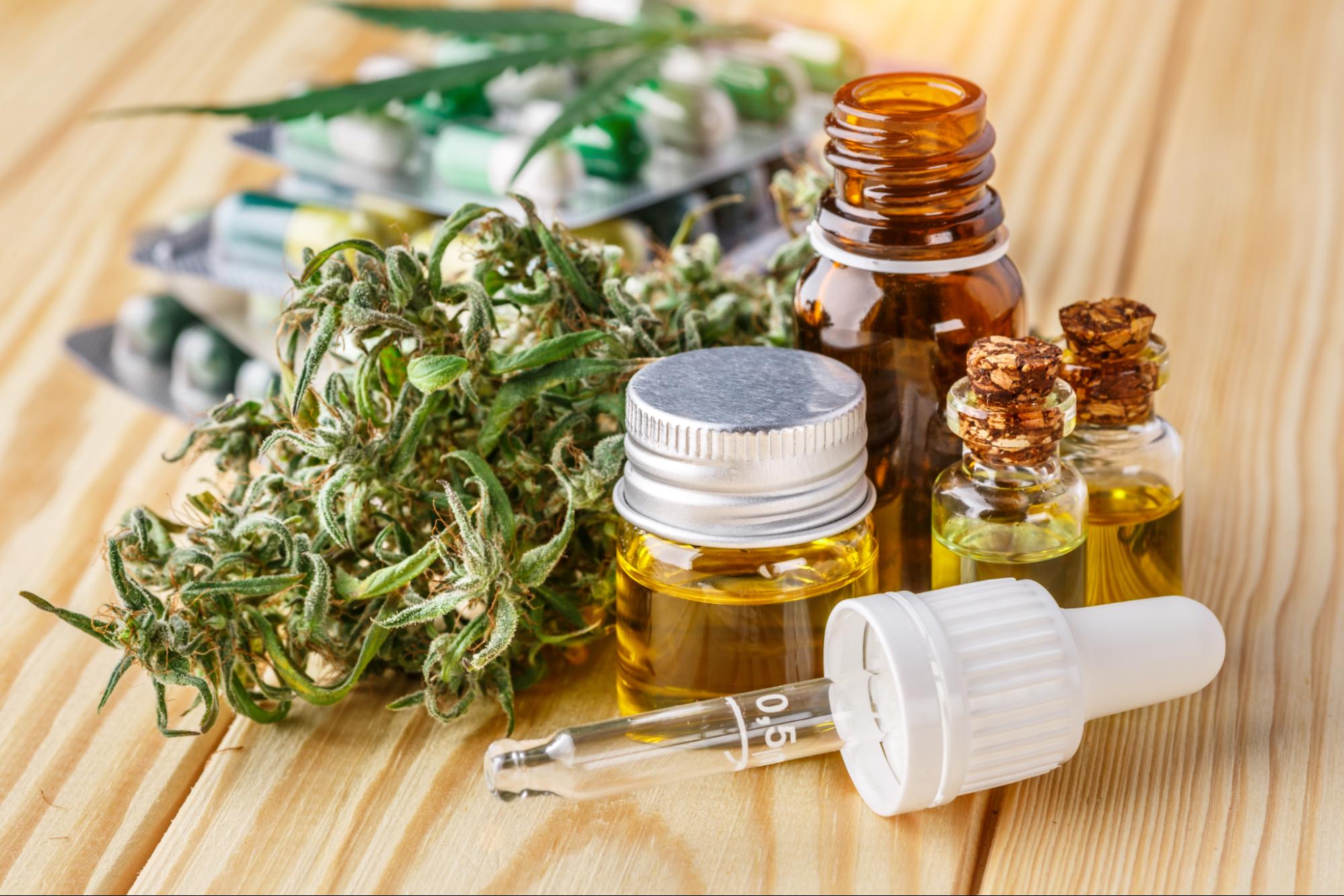


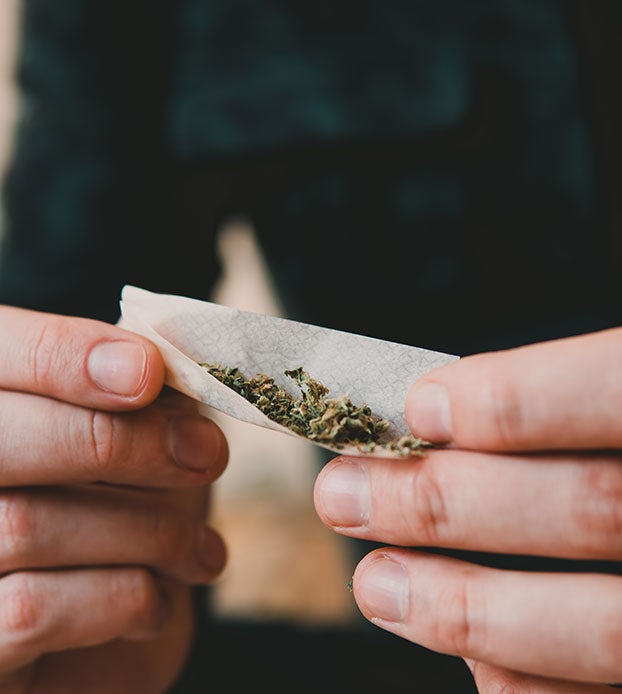

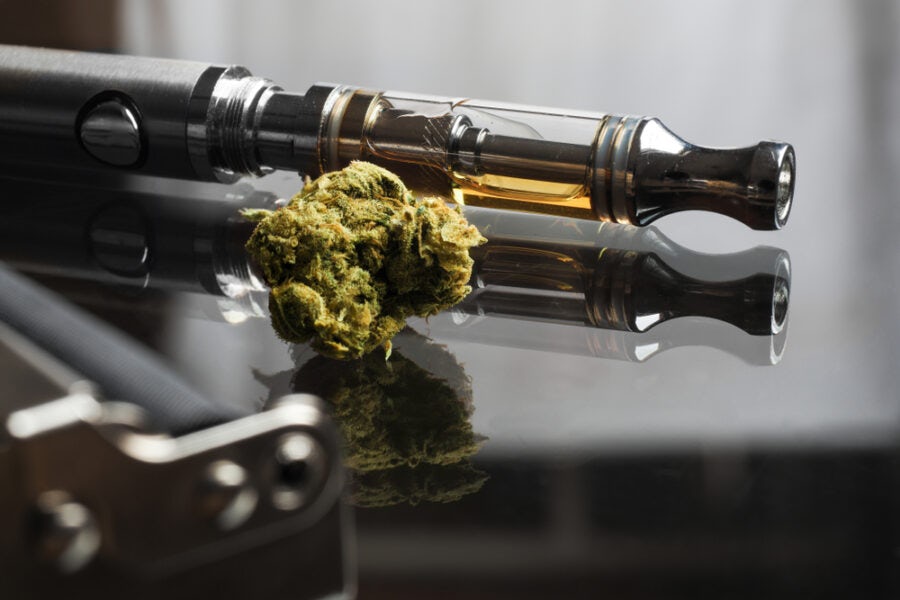


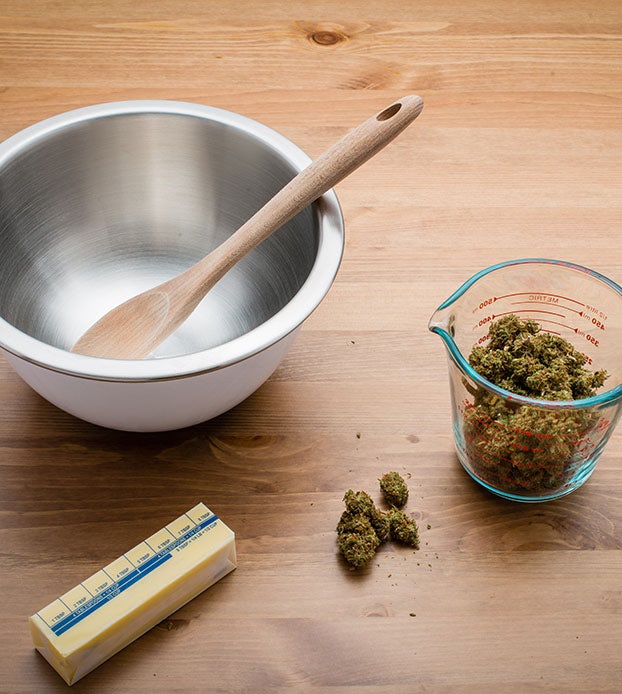

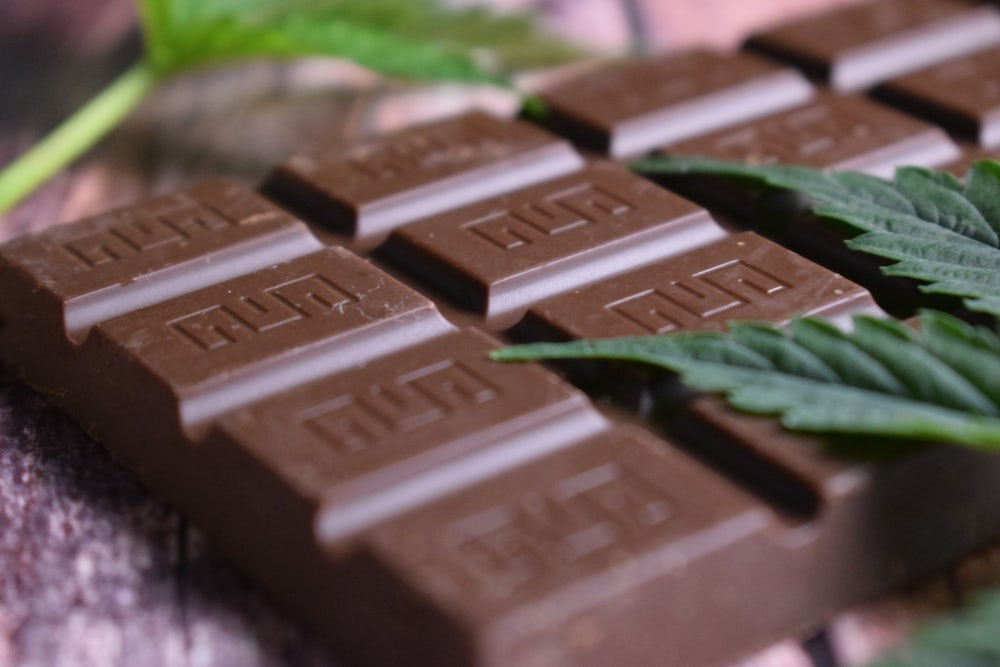
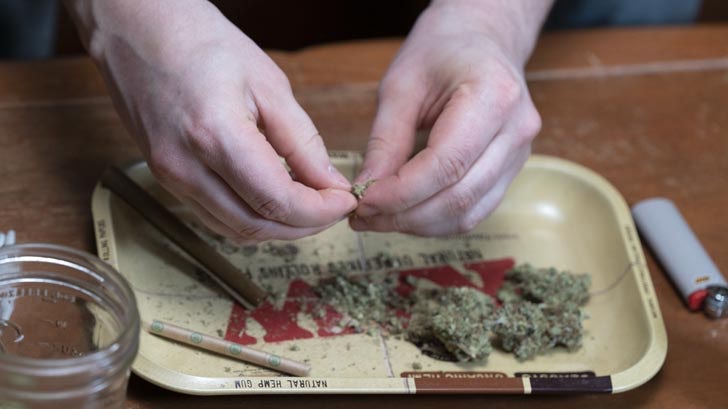


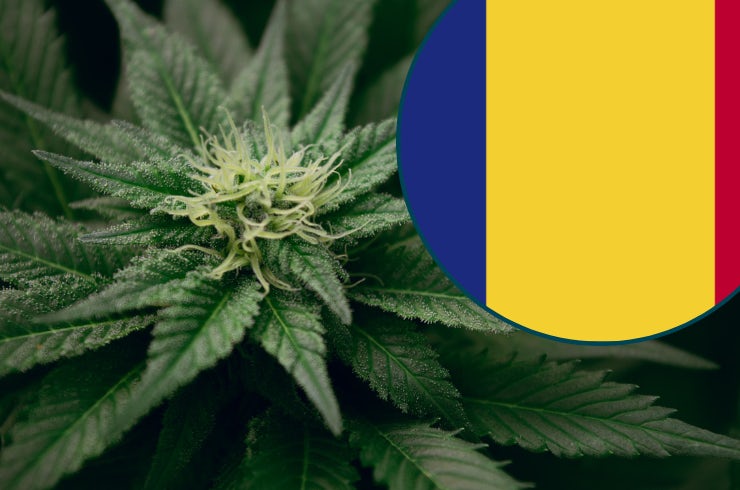
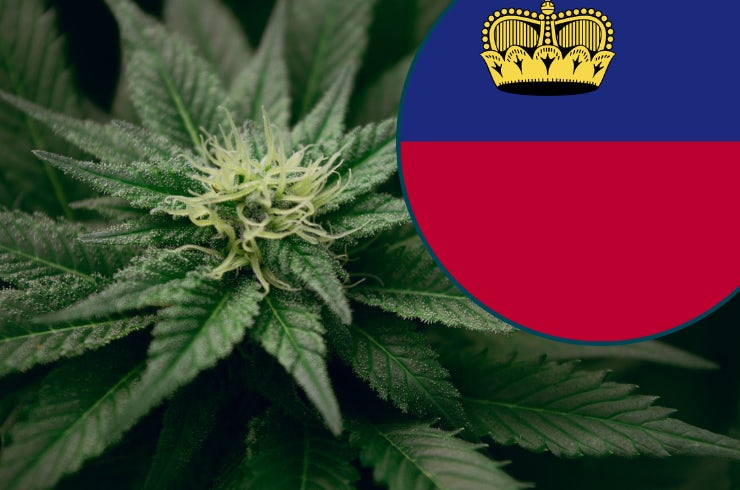

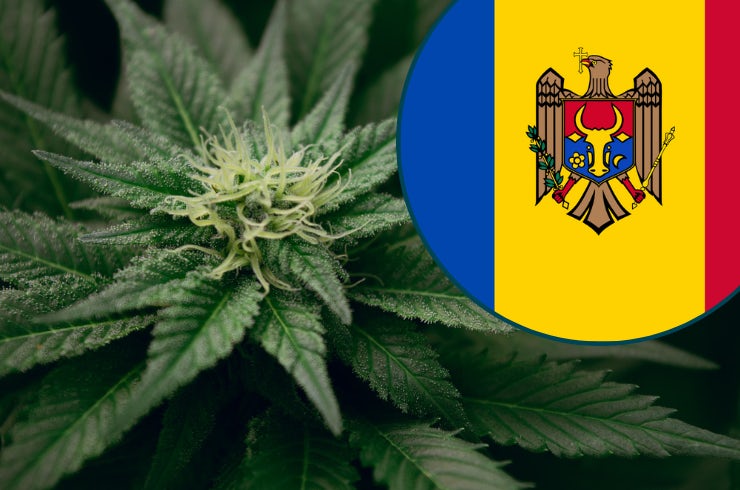
Need either THC or the RSO to help family member with stage 4 Cancer.
Where can i obtain this please help us if you can.